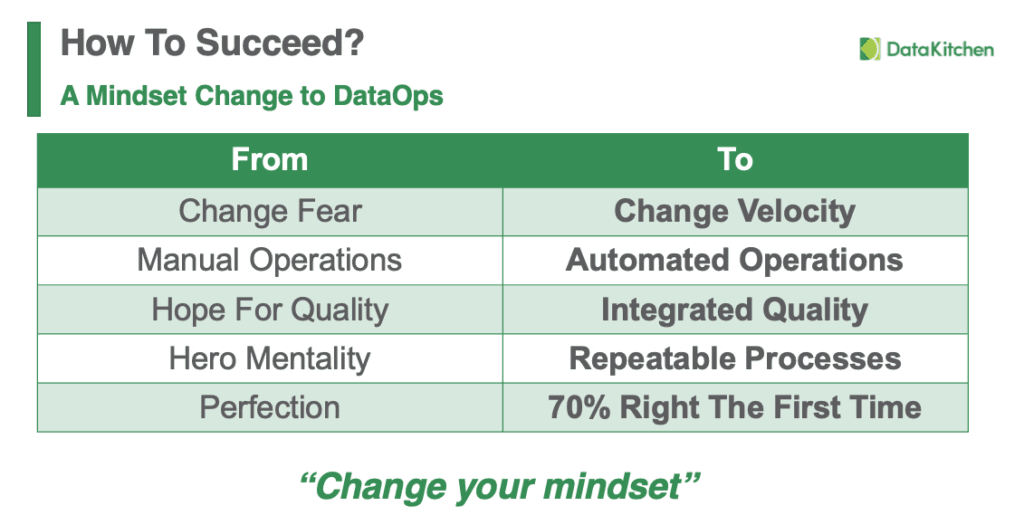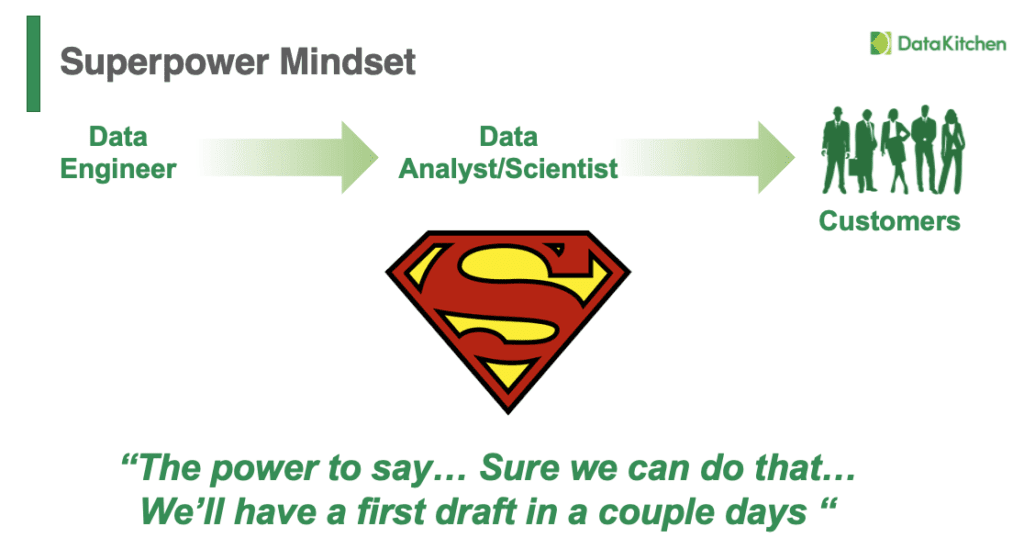Webinar Summary: Driving Data Analytic Team Excellence Through Agility, Efficiency, and Aphorisms
In the webinar “Driving Data Analytic Team Excellence Through Agility, Efficiency, and Aphorisms,” James Royster, Vice President of Commercial Operations, Insights, and Analytics at Karuna Therapeutics, shared his insights on leading efficient and effective data analytics teams. He drew from his twenty-five years of experience in business analytics, pharmaceutical brand launch strategy, and project management. James emphasized the importance of delivering value quickly, even if the solution is only 70% complete, rather than aiming for 100% completeness at the cost of significant delays. He encouraged attendees to adopt a proactive approach to problem-solving, focusing on preventing issues from arising rather than merely solving them as they occur. He also highlighted the importance of agility and adaptability in data analytics. Using humor and wisdom, James shared his experiences with various data professionals, from data engineers and data scientists to analysts. He stressed the importance of teamwork, comparing data analytics to a sports team that must work together to succeed.
Summary
James started by reminiscing about his early days as an analyst, when he spent 80% of his time on data cleaning and organizing, with very little time left for actual analytics. He then noted that the situation has reversed, with more time spent on analytics due to improved techniques, emerging technologies, and better processes.
James emphasized the importance of creating value for the customer and mentioned his Six Sigma lean training and the teachings of Deming and Toyota as key inspirations. He shared a story from a talk at a large consulting company in India, where he was asked who his competition was. After pondering the question, he answered “Amazon,” explaining that people’s expectations are shaped by their life experiences. The speed and convenience of services like Amazon have raised the bar for all industries, including data analytics.
James stressed the need for data analytics teams to match customers’ expectations and provide insights quickly. He used the example of an ATM transaction, where data is readily available and updated in real-time on a customer’s mobile device. He argued that delivering value fast is achievable with the right mentality and team structure and that data engineers should continually strive to improve in this regard.
It is essential to recognize the evolution of the field and the changing expectations of data consumers. Emphasizing value, embracing agility and efficiency, and challenging teams to deliver high-value insights quickly are crucial factors for driving excellence in data analytics.
James also discussed the mindset of treating analytics teams like firefighters, responsive and agile when facing challenges. This approach emphasizes the importance of the first few months of launching a product in the pharmaceutical industry and how a strong launch can set a product’s performance trajectory. The concept of “commander’s intent” is mentioned as a way to enable teams to adapt and achieve their objectives even when plans don’t work out as expected.
The conversation then moved to the importance of logistics and data quality in analytics, particularly in the pharmaceutical industry. James highlighted the need for a reliable data chain to ensure the end analyst can focus on delivering value. Iterating and quickly addressing customer questions or concerns improves outputs and conversations. A system with strong logistics is key to success in analytics and many other fields.
James emphasized the importance of speed, agility, and automation for effective data analysis. He compared the process to Instagram highlight reels, where the best insights come from multiple takes and iterations. Analysts must be able to iterate and quickly change the data to achieve meaningful results. He stressed the importance of embracing velocity, automating operations, and integrating quality into the data analysis.
James discussed mindset change, focusing on agility and DataOps. He observed that many teams fear challenges and fire drills but can achieve better outcomes by embracing velocity and the desire to improve. He noted the importance of moving away from manual operations, aiming for automation whenever possible. He advocated automating any process that would be performed more than once, so teams could focus on the next big question instead of repeating work. James discussed the challenges data engineering teams face in larger organizations with siloed structures. He emphasized the importance of ensuring that team members feel connected to their end customers, understand the value of their work, and are enthusiastic about their contributions.
He argued that if team members are merely going through the motions, it is crucial for the organization to take a step back and reassess its approach. He highlighted the innate human desire to belong to something bigger. He emphasized the need to foster a sense of belonging in each individual within the data logistics chain, including data scientists, engineers, analysts, and management.
To achieve this, James stressed the importance of engaging team members and helping them understand and feel connected to the bigger mission. He concluded by emphasizing the importance of aligning everyone within the data logistics chain towards focusing on value delivery and being part of meaningful activities contributing to customer success and improvement.
Testing, according to James, is crucial in data analysis. He shared an anecdote of a company that ran thousands of quality checks within seconds of receiving data, emphasizing the importance of ensuring the data’s reliability. He touched on the importance of repeatable processes and standardization, noting that fixing problems should not be the main focus but rather preventing them from occurring in the first place.
Perfection is an unrealistic goal. Instead, he recommended aiming for 70-80% completion, then sharing the results with the customer for feedback. This approach allows for faster iteration and can help customers form their thinking. James also discussed the challenge of securing time with customers, suggesting that teams must ensure they provide value and engaging insights.
James emphasized that the key to effective data analysis is a combination of speed, agility, automation, and quality, focusing on providing value to customers across all levels, from sales representatives to CEOs.
James addressed the importance of cultivating a value-based mindset within a data engineering team. He emphasized embracing weaknesses and learning to improve rather than allowing external circumstances to hinder success. He shared that obstacles should be approached with well-developed business cases, noting that most people are supportive when presented with compelling reasons for change.
He underscored the relevance of a value delivery approach for data and analytics teams. While this approach can yield visible results, it leaves no room to hide when faced with challenges. Teams must confront their problems and prioritize those that offer the most leverage and long-term benefits.
James introduced the concept of “hinge activities,” which he described as tasks that open doors to other opportunities. He stressed that the immediate needs of an organization must be addressed, but success in the future requires focusing on these hinge activities. This includes working on data quality testing and structuring data for easy access.
In conclusion, James emphasized that the key to effective data analysis is a combination of speed, agility, automation, and quality, focusing on providing value to customers across all levels. Cultivating a value-based mindset, prioritizing long-term benefits, and maintaining a strong customer connection are crucial factors for driving excellence in data analytics.











